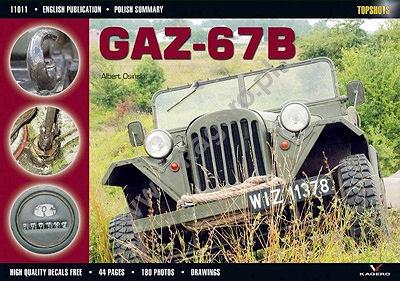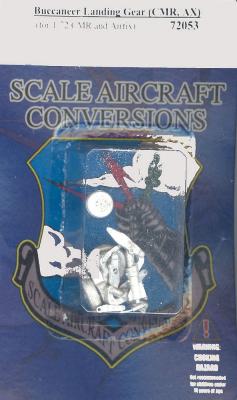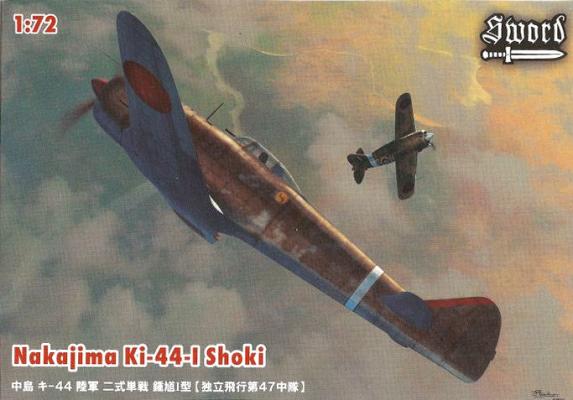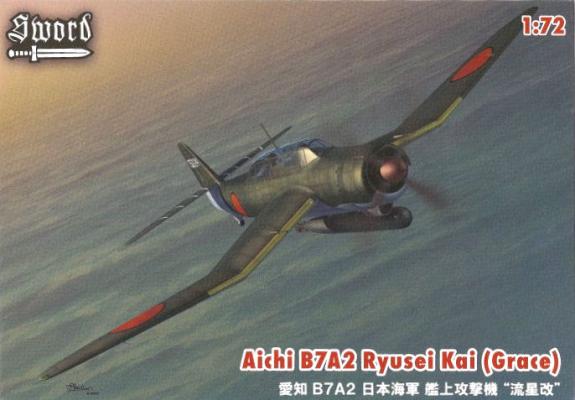Kagero has been publishing for as many years as I can remember. Their books (the ones that I have) are dog-leafed and spine-flattened from pulling them out often to look over their pictures. Kagero’s Topshot series is designed explicitly for the model builder. These books are usually about 44 pages and filled with pictures of the vehicles covered. This particular tome is 44 pages long and contains 180 pictures (all in color), several line drawings, and a set of Techmod decals for the GAZ-67B (in both 1/35 and 1/72).
Welcome to the IPMS/USA Reviews site!
Introduction: The primary organization of the IPMS/USA Review website is by IPMS/USA National Contest Class. Within each Class there are sub-menus by kits, decals, books, etc. The Miscellaneous Class is for items that are not class specific or that cross two or more classes.
IPMS/USA Members: We encourage you to submit reviews, both here and to the Journal. To volunteer for membership in the IPMS/USA "Reviewers Corps" and submit your own reviews, please read the Guidelines For Submitting Product Reviews.
Manufacturers, publishers, and other industry members: IPMS/USA is pleased to offer your company the opportunity for product reviews. All product reviews are performed by IPMS/USA members, and are posted in the publicly-accessible section of our website. With very few exceptions, we perform full build reviews of new kit releases, aftermarket products, and supplies. If you would care to provide product samples for review, please contact John Noack, IPMS/USA 1st VP.
To learn more about IPMS/USA, please see our About Us page.
Scale Aircraft Conversions makes various landing gear sets out of lead-free white metal. Some come with the wheels attached if needed, like this set for the Buccaneer, where the kits wheels are molded onto the struts. Others might have the wheel bay included to help with added weight, but most only come with the new landing gear struts. I had the Airfix model so I don’t know how the CMR wheels are molded.
The detail of the metal parts is much crisper and looks flawless. The advantage to these parts is their strength and that they won’t warp under the kit’s weight over time. They will also hold up well while you work with them – no accidentally snapping them apart. To attach the new landing gear, you will need to use CA glue. On their web site they recommend a thicker gap-filling CA glue so that you can position them the way you want and then use an accelerator to bond the parts instantly.
Thank you to Riich Models, Dragon Models USA, and the IPMS Reviewer Corps for the chance to review this intriguing product. This is really one review of 2 different diameters, and there are 2 other smaller sizes available. Each package contains 5 pieces of soft pipe in about 800 mm (7.75 inches) lengths.
History
The Nakajima Ki-44 “Shoki”, code named “Tojo” by Allied intelligence during World War II, was rather unusual by Japanese standards, since it violated the traditional Japanese design emphasis on maneuverability at the expense of nearly every other performance attribute. Appearing shortly after the Ki-43 “Oscar”, the Ki-44 stressed speed, heavier armament, and rate of climb over other factors, and was intended as a high speed interceptor. The first flight was in 1940, and by 1941 several prototypes had been tested, these eventually being sent to China and later Southeast Asia for combat evaluation. Initial response by Japanese Army pilots was negative, but after they became familiar with the type, they achieved some successes, resulting in further production of the type. Production models were equipped with more powerful engines, and the type entered service as the Type 2 Single Seat Fighter, Model 2, or Ki-44-II Otsu, with four 12.7 mm machine guns.
History
The Aichi B7A torpedo bomber was an attempt by the Japanese Navy to provide a state-of-the-art general purpose carrier-based bomber to replace the Nakajima B6N “Jill” torpedo bomber and the Yokosuka D4Y “Judy” dive bomber with a single type capable of both roles. It was planned to operate these aircraft from the IJN’s largest carriers, the Taiho and the Shinano. Powered by the new Nakajima Homare 1800 hp. radial engine, the first prototype was built and flown in 1942, but development problems, mainly concerning the engine, slowed the aircraft’s path to service introduction. By the time production started in 1945, an earthquake had destroyed the plant, and only a few were actually allocated to units.















